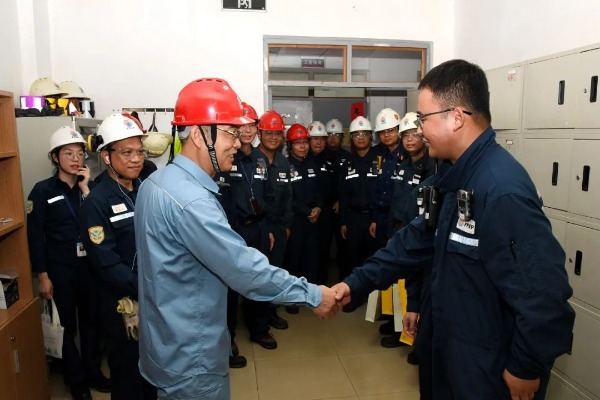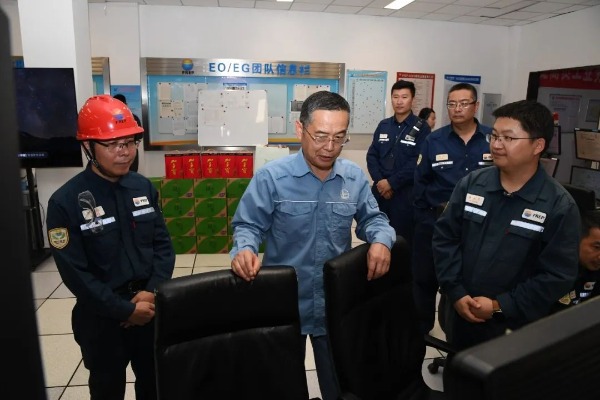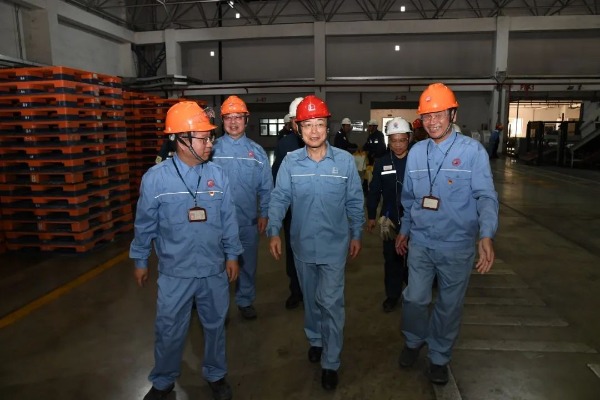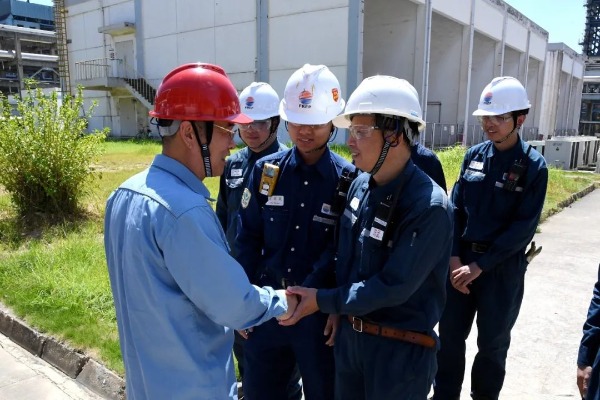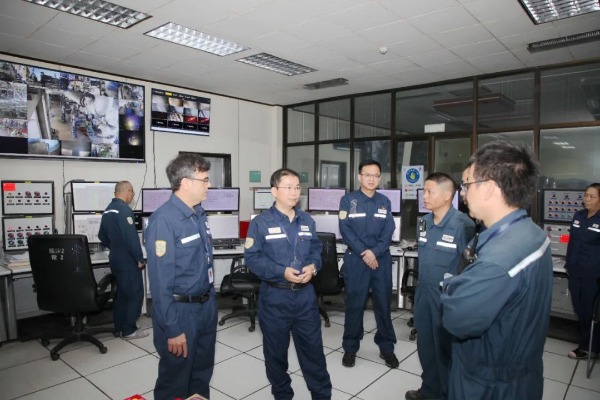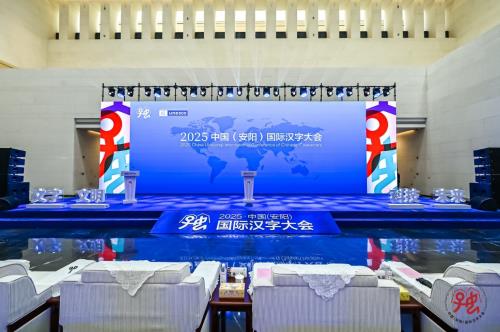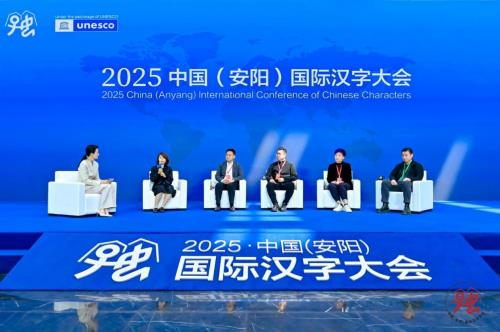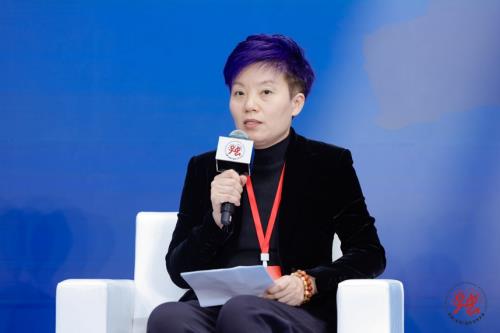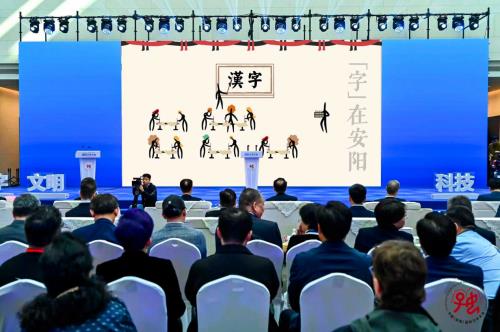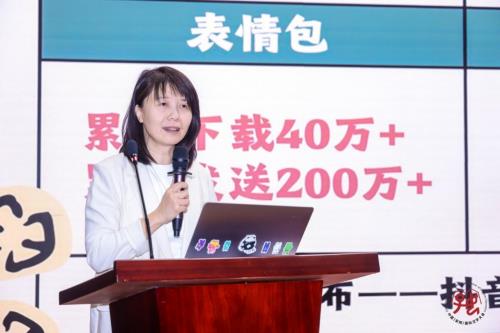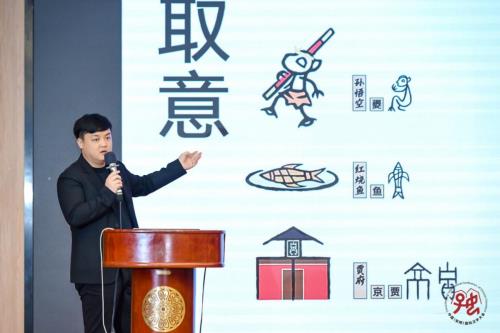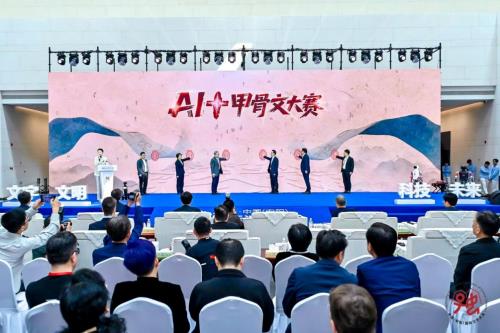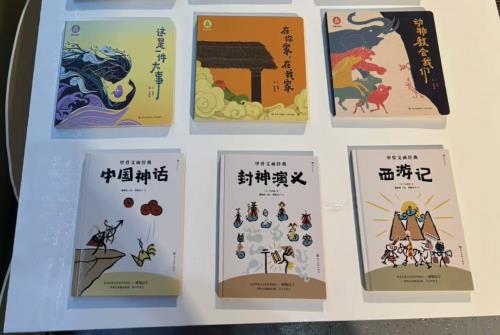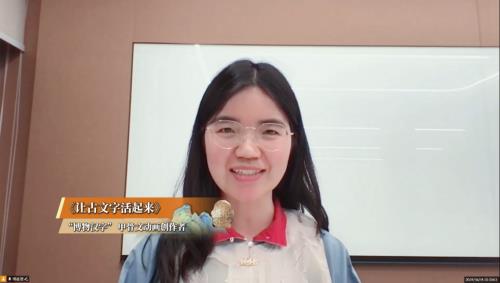□ Rule of Law Daily reporter Suning
In order to loosen the arms export, Japan, which is bent on becoming a "normal country", has never stopped making small moves in recent years. Recently, the Japanese government is trying to find the so-called "legal basis" around the export rules of defense equipment. On August 23rd, Japan’s ruling Liberal Democratic Party and Komeito Party convened a working group meeting to revise the "Three Principles of Defence Equipment Transfer" and its application guidelines (hereinafter referred to as "Principles and Application Guidelines") earlier than originally planned. At the meeting, officials from the National Security Bureau and the Ministry of Defense of Japan expressed their opinions and demanded that the current principles and application guidelines be revised, and five types of defense equipment, such as vigilance and transportation, were allowed to be exported with lethal weapons.
Analysts pointed out that behind the above dangerous trends, there is a hidden motive for the Japanese government to relax its arms export policy and seek military loosening, which obviously violates the Japanese pacifist constitutional concept and will have a serious negative impact on regional peace and stability.
The working group meeting was held in advance.
According to the Sankei Shimbun, the meeting of the working group was advanced to August according to the instruction of Japanese Prime Minister kishida fumio.
It is understood that the working group meeting aimed at studying the revision principles and application guidelines was established in April this year. After several months of discussion, in early July, the working group meeting was adjourned after sorting out the amendments, and it was originally planned to meet again after this autumn. Regarding the reasons for the early convening of this meeting, some analysts pointed out that the Kishida government is eager to relax Japan’s arms export policy and seek military loosening.
Since the beginning of this year, under the leadership of Kishida, the Liberal Democratic Party and the Japanese cabinet have been constantly moving, and have repeatedly promoted the revision of principles and application guidelines.
In January, in order to "promote the development of Japan’s domestic defense industry" and expand the export of defense equipment, the Liberal Democratic Party set up a parliamentary union to actively promote the revision of principles and application guidelines. In March, when Kishida was questioned in the Senate, he said that he would promote the revision of the application policy, and boasted that Japan’s export of defense equipment was "an important means to maintain peace and stability in India and Taiwan and create an ideal security environment in Japan."
The Chief Cabinet Secretary of Japan, Boyi Matsuno, has repeatedly advocated the same argument to the media, that is, "amending the export rules of defense equipment is a subject that (the government) must draw a conclusion."
In May this year, Japanese Defense Minister Yasukazu Hamada even told the ruling Liberal Democratic Party and Komeito Coalition that the Japanese government "can decide whether to export anti-personnel weapons according to specific conditions" because there is no explicit prohibition in the existing principles and application guidelines.
In June this year, the Japanese parliament passed the Law on Strengthening the Foundation of Defense Industry, and set up a fund of 40 billion yen to subsidize and promote the export of Japanese military enterprises’ products, which forced the revision of principles and application guidelines.
Analysts pointed out that the principles and application guidelines are policies and regulations on the export of Japanese defense equipment. Japan’s promotion of revising the export policies and regulations on defense equipment and exporting lethal weapons to Ukraine is not only conducive to the settlement of the Ukrainian crisis, but also to regional stability and world peace.
What is more noteworthy is that Japan’s policy of relaxing its arms export is one of the important measures to strengthen its military and expand its arms, which is completely contrary to the concept of a peaceful country.
"Small steps and quick running" to seek military loosening
Restricting arms exports is the core policy principle of Japan’s pacifist constitutional concept. At the end of last year, the new version of the third document on security policy completely abandoned the principle of "defending exclusively". The movement of the Kishida government and the Japanese ruling party once again confirmed that Japan wants to break through the post-war military taboo and seek military loosening.
According to Japan’s current principles and operational guidelines, except cooperative development countries, Japan can only export five types of non-lethal defense equipment such as disaster relief, transportation, vigilance, surveillance and maritime mine clearance to partner countries that have cooperative relations in the security field. However, at the meeting on August 23, the Japanese government held that since the current principles and application guidelines "have no specific provisions on anti-personnel weapons", the anti-personnel weapons carried by the above five types of defense equipment can also be exported, for example, warning surveillance ships can carry machine guns and demining boats can carry artillery.
In addition, according to the current principles and operational guidelines, weapons developed by Japan in cooperation with other countries may not be exported to third countries. However, at this meeting, on the pretext that "it may have an impact on joint development", the Kishida government demanded to revise the policy and liberalize the export restrictions on the fifth-generation fighters jointly developed by Japan, Britain and Italy.
In fact, Japan’s practice of "running in small steps" and "cutting sausages" to modify the arms export policy and guidelines bit by bit and seek to loosen the arms sales has a long history.
For half a century after the war, under the influence of the peaceful constitution and the spirit of dedicated defense, Japan has always been cautious about arms export under the provisions of the Three Principles of Arms Export, and banned all arms exports in principle.
However, with the intensification of right deviation, Japan began to seek to relax and expand its arms exports. To this end, in 2014, Japan newly formulated the "Three Principles of Defence Equipment Transfer" to replace the previous "Three Principles of Arms Export", which greatly lowered the threshold for arms export. At the end of 2022, Japan clearly stated in the new version of the National Security Strategy and other three security policy documents that it is necessary to study and revise the principles and application guidelines to expand the export of defense equipment.
Opposition to worry is growing.
At present, even within the ruling Coalition of the Liberal Democratic Party and the Komeito Party, there are different opinions on the revision of the principles and application guidelines.
The Liberal Democratic Party advocates abolishing five types of restrictions, such as disaster relief and transportation, and lifting the ban on arms exports to a greater extent. Some Komeito Party members hold different views. Ishii Kei, secretary-general of the Komeito Party, said a few days ago that it is not appropriate for Japan to export weapons of destruction to earn foreign exchange.
The Japanese people and public opinion have always been opposed to the dangerous trend of Japan’s attempt to relax and expand arms exports and strengthen its military expansion.
Japan’s "Kyoto News" editorial pointed out that people are worried about the long-term conflict between Russia and Ukraine. Since Japan has restrictions on the export of defense equipment, it should adhere to the principle. Japan’s Asahi Shimbun pointed out in its editorial that providing weapons of destruction to other countries will not only violate the principle of pacifism, but also have a wide-ranging impact and aggravate regional tensions. Red Flag, an organ newspaper of Japanese communist party, commented that promoting and expanding arms exports is a part of the Kishida government’s efforts to build a military country, and this dangerous plot cannot be allowed to succeed.
In the first half of this year, Japan held the International Exhibition of Defense and Safety Equipment for the second time since 2009. On the day of the event, more than 300 people gathered in front of the convention and exhibition center, shouting slogans such as "refusing to prepare for war", "rejecting dead businessmen" and "opposing war", and strongly protesting Japan’s actions of strengthening arms trade. Hiroshi Sugihara, the representative of Japan’s "Stop the Expansion of the Army", condemned that this is an act that encourages disputes between countries, which not only violates the Three Principles of Defence Equipment Transfer, but also fundamentally violates the peace constitution.
Analysts pointed out that in recent years, Japan has used the changes in the international situation to exaggerate threats, speculate on crises and create confrontation, making excuses for getting rid of the post-war system, relaxing the arms export policy and seeking military loosening. Last year, the new version of the three documents on security policy decided to greatly increase the defense budget and develop offensive "counterattack capability", which seriously violated the peace constitution and the spirit of defending exclusively, and has caused major changes in Japan’s defense policy since the war. Strengthening the development of the military industry and seeking to loosen the arms export is another measure worthy of the vigilance of the international community. Once the Kishida government can revise its principles and application guidelines again, it will inevitably lead Japan to go further and further on the wrong road of deviating from peace.
